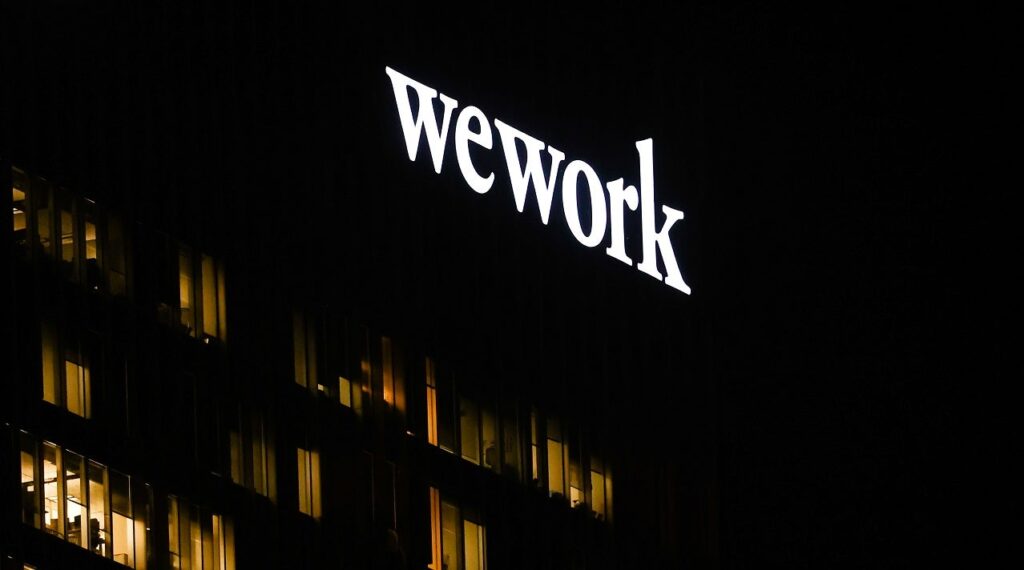The U.S. saw a significant rise in corporate bankruptcies last year, with the health care industry hardest hit, according to new data.
Debtwire’s latest Restructuring Insights report found bankruptcy filings jumped 58% in 2023, climbing from 179 in 2022 to 282. Bankruptcies in the health care sector soared 117%, representing 21% of all cases.
The analysis pointed to cases like Envision Healthcare, which sought bankruptcy protection after accumulating some $9.4 billion in debt, and Aukumin, which owed $1.3 billion when it went belly-up.
RADIO GIANT AUDACY FILES FOR BANKRUPTCY AS ADVERTISING PLUMMETS
Catherine Corey, Debtwire’s global head of restructuring data, said those major cases “defined the restructuring landscape last year, highlighting persistent challenges in the healthcare sector.”
“Declining patient numbers, inadequate reimbursement rates from Medicare and Medicaid, and staffing shortages with demands for higher wages fueled the industry’s financial struggles,” Corey said in a statement explaining the findings.

After health care, the real estate industry saw the second-highest number of filings, representing 11% of the total. The largest case was Chinese real estate behemoth Evergrande, which filed for Chapter 15 bankruptcy protection in a Manhattan court last summer, and its $38.86 billion filing dwarfed all others in the report.
ELECTRIC SCOOTER RENTAL COMPANY BIRD FILES FOR BANKRUPTCY
Another real estate company highlighted in the report was long-suffering office-sharing giant WeWork, which also filed for bankruptcy last year in a stunning fall from grace. It had once been valued at an estimated $47 billion.

Other notable bankruptcies from last year include pharmacy chain Rite Aid, trucking giant Yellow Corp., and Silicon Valley Bank.
“The 58% spike in bankruptcies in 2023 signaled a major shift in lenders’ attitudes, unwilling to prolong support for struggling companies,” Corey said. “A convergence of challenges, including the post-pandemic withdrawal of government support, inflation, rising interest rates, supply chain disruptions, global unrest, and stricter lending requirements, created a perfect storm.”
Read the full article here









